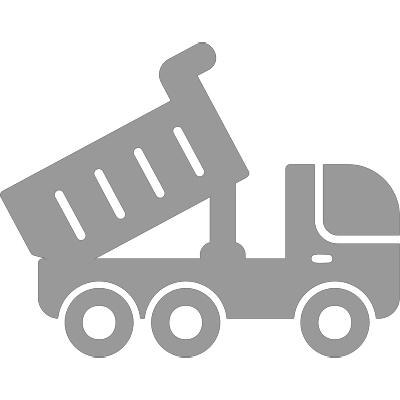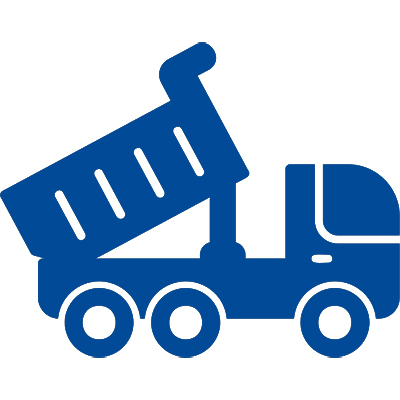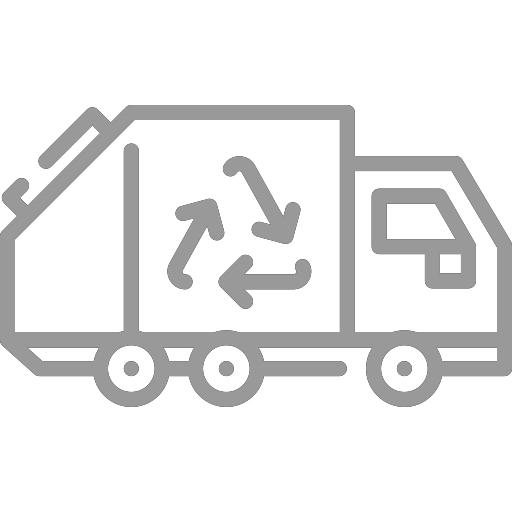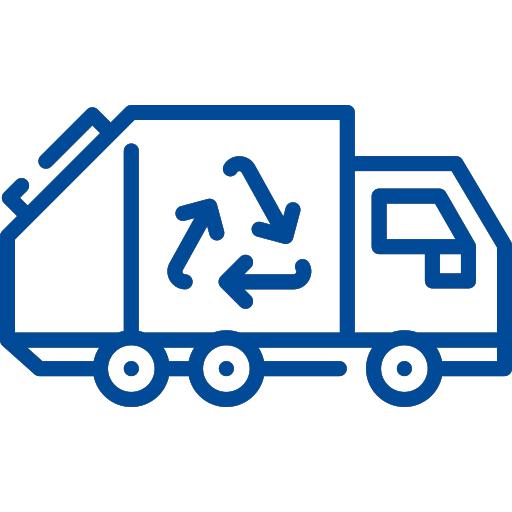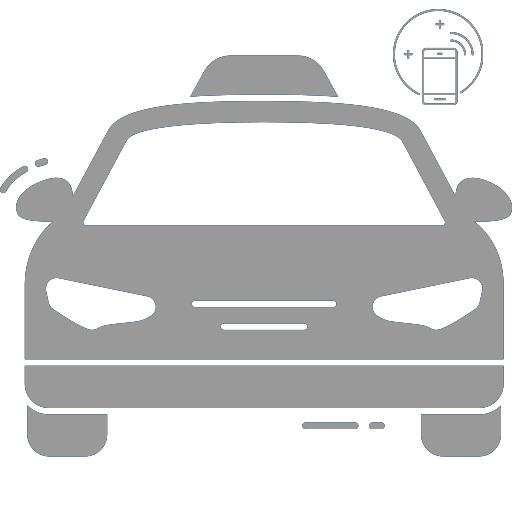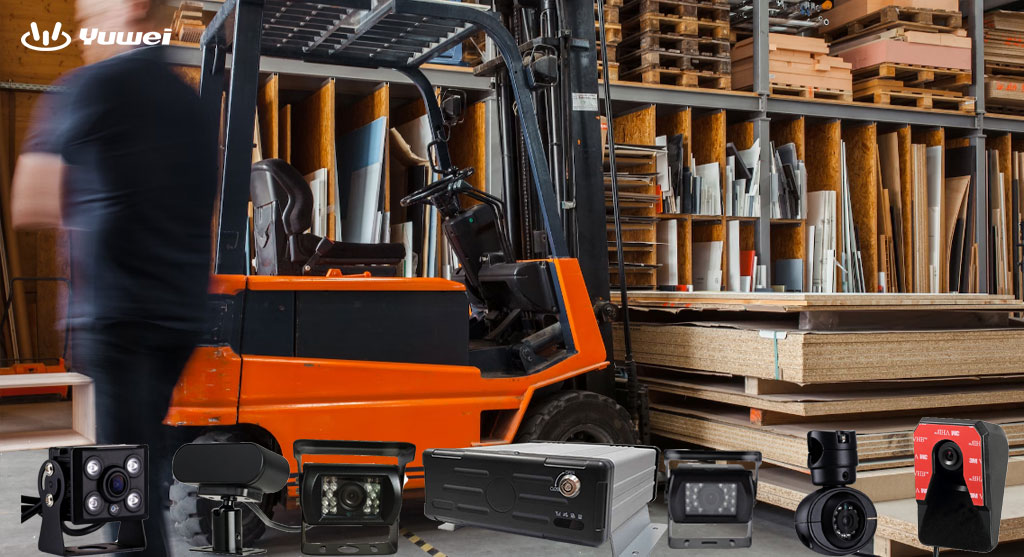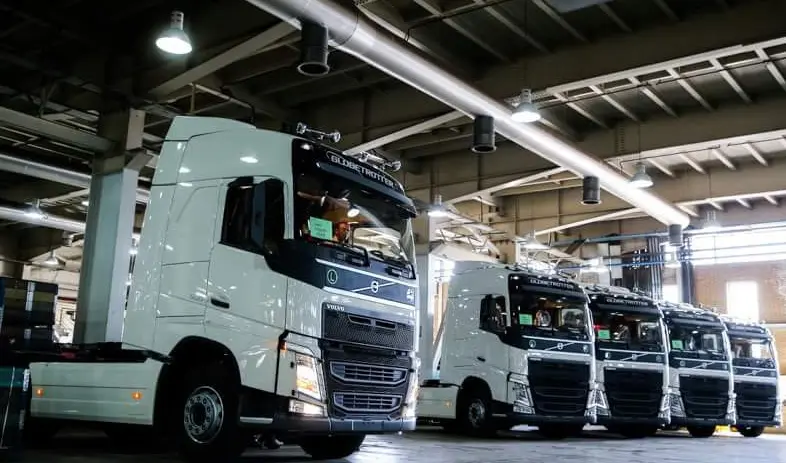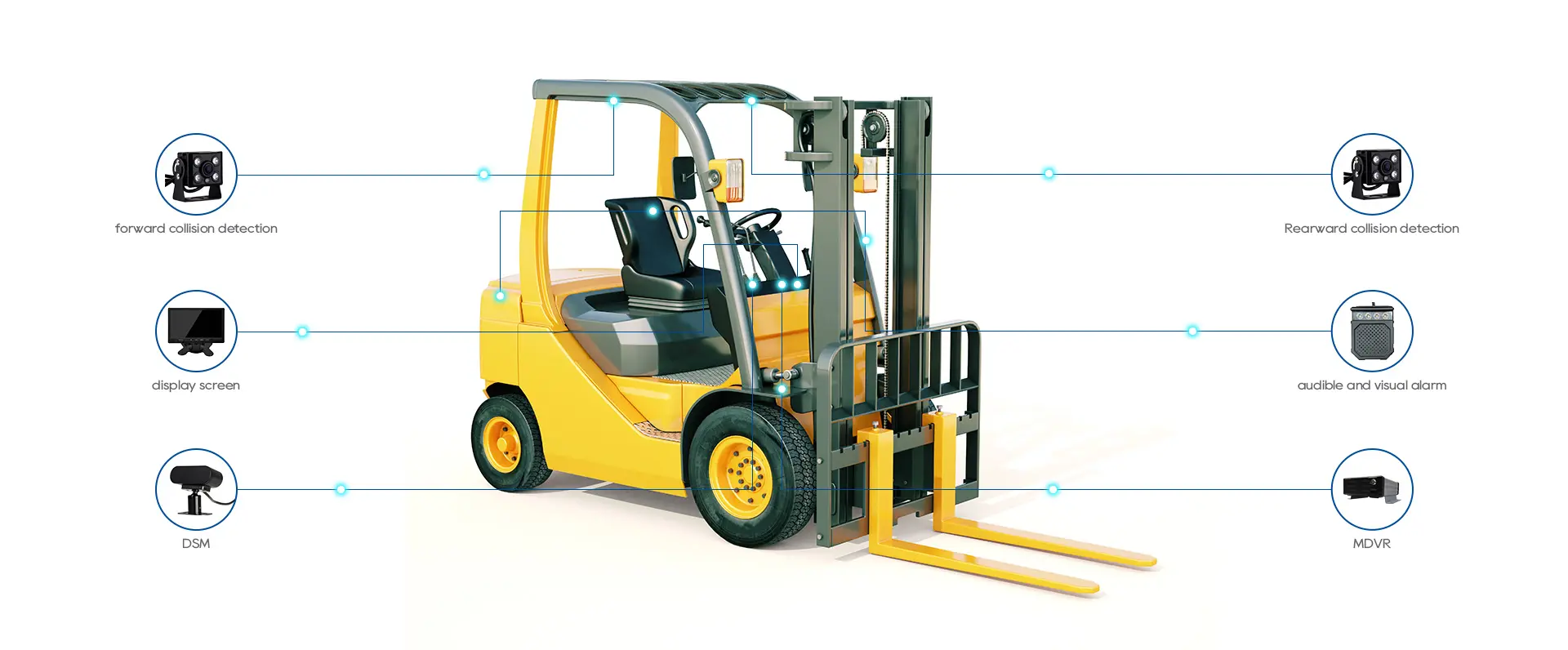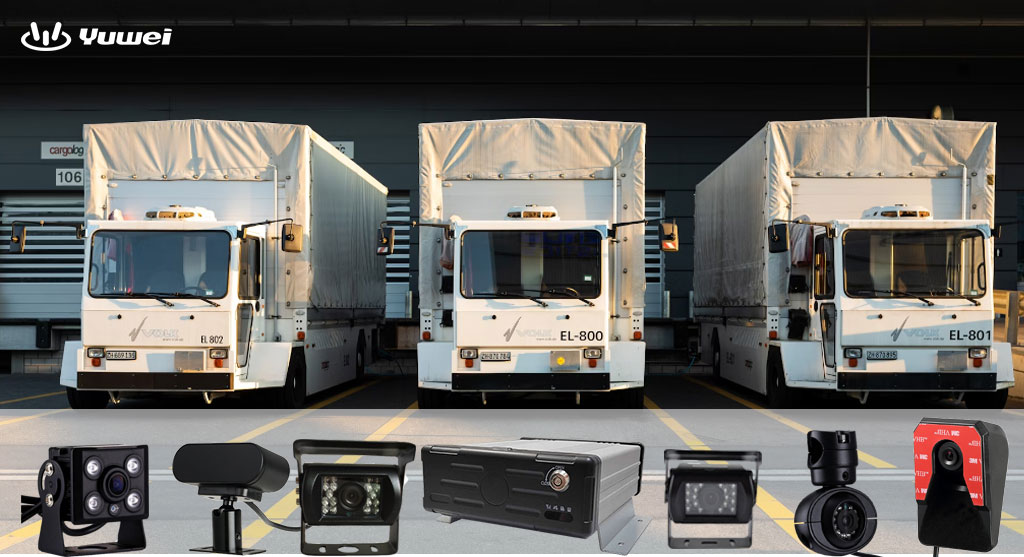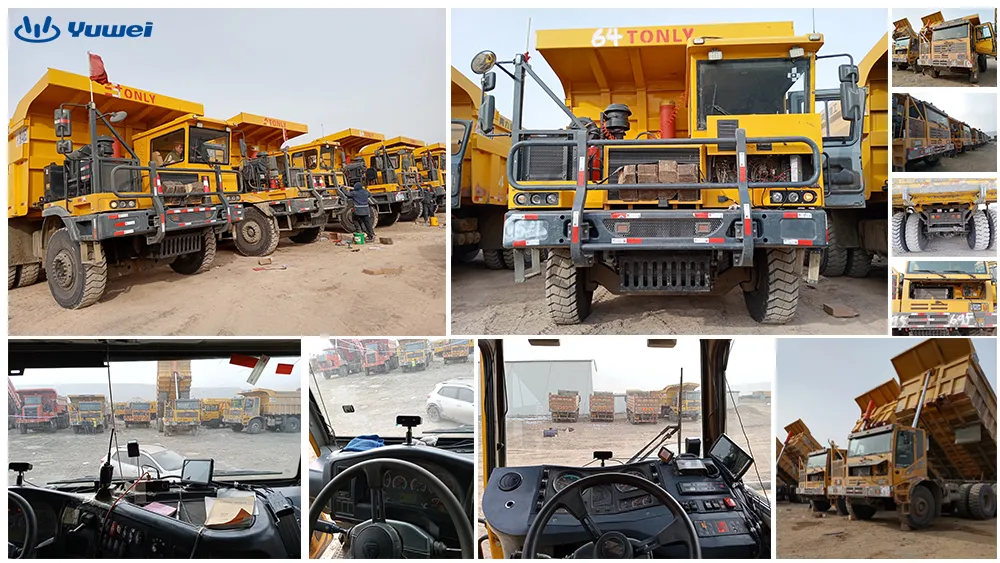What is Telematics in Commercial Fleet Management?
What is Telematics in Commercial Fleet Management
Telematics is the combination of two distinct technological fields: telecommunications (transmitting information through various technologies) and informatics (processing data for storage and retrieval). In fleet management, Telematics collects and analyzes data related to drivers and vehicles (such as vehicle location, fuel usage, etc.), providing valuable insights to improve operations across different areas.

Components of Vehicle Telematics
A basic Telematics system setup includes a fleet tracking device installed on the vehicle via the OBDII (On-Board Diagnostics) port or a 3-wire engine installation. Once the vehicle is in operation, the fleet tracking device collects Telematics data via 4G cellular or satellite services and displays the information to end users/organizations via fleet management applications on desktop, tablet, or mobile devices.
GPS fleet tracking data can include real-time vehicle location, driving speed, engine idle time, emergency braking alerts, and other metrics that can be used to improve fleet productivity and safety.
Telematics Features
1. Real-Time Vehicle Tracking
- With our fleet Telematics solution and intuitive user interface, you can quickly know where your assets are, where they've been, and where they’re going. You can even change their schedules in real-time from the office.
2. Maximizing Fleet Performance
- Our vehicle Telematics system helps you allocate resources most effectively and focus driver training on areas that will improve overall fleet performance.
3. Data Analysis for Improvement
- The dashboard provides in-depth performance analysis, helping you identify areas for improvement. Understand driver behavior, fuel consumption, and vehicle health, and make data-driven decisions that positively impact your profits.
4. Reducing Carbon Footprint
- Closely monitor emissions and make informed decisions to create a more eco-friendly fleet. Exceptions can be reported and driver interventions can be made when necessary.
Different Components of the Telematics System and the Data They Collect
- Engine Control Module
Data collected: Driving speed, brake usage (both regular and emergency braking), engine oil pressure, engine temperature, fault diagnostic codes.
- GPS Fleet Tracking
Data collected: Vehicle location, driving speed, geofencing triggers.
- Advanced Driver Assistance Systems (ADAS)
Data collected: Lane departure, relative following distance to other vehicles/objects.
- Electronic Logging Devices (ELD)
Data collected: Hours of service logged by truck drivers to comply with FMCSA regulations, location reports, engine hours, and driver identification.
Benefits of Telematics Systems for Fleet Management
1. Fuel Cost Savings
- Through monitoring engine idling and fuel management, fleet managers can see a reduction in total fuel costs by 10% or more.
2. Insurance Premium Discounts
- Many insurance companies offer discounts on premiums, saving up to 15% per year.
3. Increased Productivity
- Fleets can optimize routes using vehicle tracking, reducing delivery times and improving productivity. Positive customer reviews also boost online reputation, often increasing business volume.
4. Maintaining Vehicles in Optimal Condition
- Maintenance reminders, such as oil changes, battery replacements, and tire rotations, can ensure that your vehicles remain in top condition.
The Rise of Video Telematics in Fleet Safety
In recent years, fleet dash cameras have been integrated with traditional GPS location reporting, driving the growth of the fleet management industry. Dash cameras provide both driver-side and road-facing footage, helping eliminate conflicting reports from drivers in traffic incidents and saving businesses millions in accident litigation costs.
Want to learn more about improving driver safety and reducing fleet costs? Contact YUWEI at hello@yuweitek.com to learn how fleet dash cameras can revolutionize your fleet management approach.















